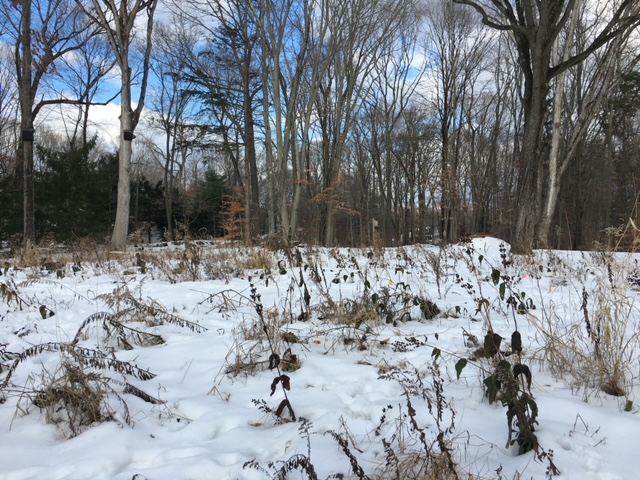
Much of the natural world appears to sleep in winter. Plants go dormant, nights are long and frigid, and food becomes scarce. It can seem to be an impossibly inhospitable environment at times, but the wild creatures among us have developed many survival strategies. Here is a look at a few of them.

Groundhog
Groundhogs are true hibernators. In the late summer and early fall, they eat copious amounts of food in order to pack on the pounds. Come October, they retire to their underground dens and enter a deep sleep in which their heart rate slows and body temperature drops. They are sustained by their reserved body fats and don’t need to eat all winter. They emerge sometime in March when the landscape begins to green and food becomes available.
Chipmunks are not true hibernators, as they do not sleep through the entire winter. They slumber for long periods, during which their heart rates and body temperatures drop, but because they cannot store body fat, they need to wake up every so often to eat. In the fall, they provide their underground burrows with a large cache of nuts and seeds, sustaining them during the cold months. Occasionally, they will emerge on a warm day in late winter to scout around, but usually, they will retreat underground again until spring arrives.

Chipmunk
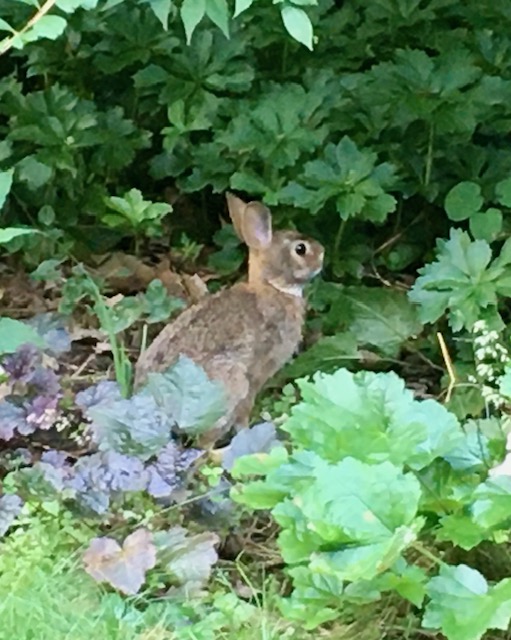
Eastern Cottontail
Eastern cottontails do not hibernate at all. Their strategy for surviving harsh winter conditions is to change their diet. During the growing season, they munch on all kinds of greenery, but come Fall, they switch to eating twigs, branches, and bark. They especially like to eat the bark of young trees.
Note: While rabbits are strictly vegetarian, groundhogs and chipmunks are omnivores. In addition to plant matter, they eat insects, snails, and grubs. Chipmunks are opportunistic hunters, as well, and will devour eggs, baby birds, small frogs, and snakes if they can catch them.
Spring peepers are land-dwelling chorus frogs that pass the winter hibernating in the soil, buried in leaf mulch, or under rocks. During the cold months, their bodies produce extra glucose, which acts as a natural antifreeze that protects them from freezing. They awaken in late March to mate and seek out ponds and wetlands where the females lay their eggs.
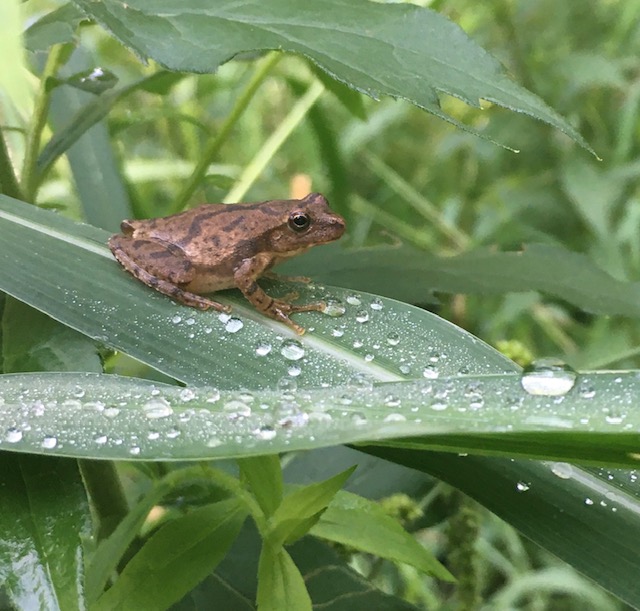
Spring peeper
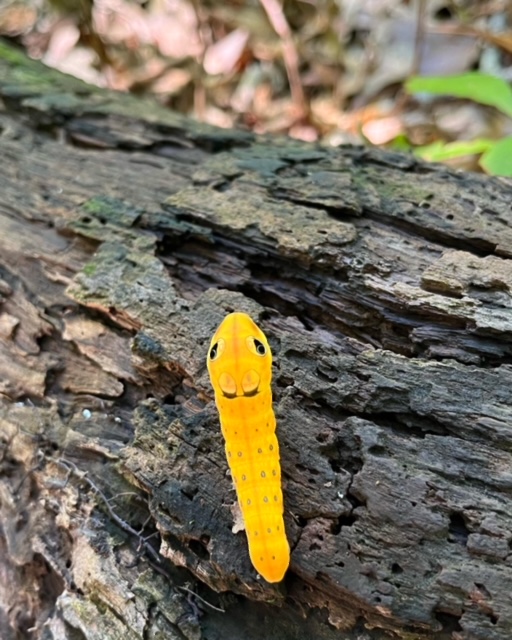
Swallowtail caterpillar
Late-season swallowtail caterpillars do not turn into butterflies until the following spring. They pass the winter in diapause, which is a kind of arrested development. They hibernate in the ground, under logs or rocks. As with spring peepers, they produce a natural antifreeze that protects them from frigid temperatures. When spring returns, they will complete their lifecycle and turn into butterflies.
Mourning cloaks are the only butterfly species to survive the Connecticut winter in their adult form. They also produce natural antifreeze and typically hibernate under tree bark. Sometimes, they make an appearance in late February or early March if the day is warm and sunny. If you happen to spot a butterfly at that time of year, it will most likely be a mourning cloak.
Note: Mourning cloaks are not major pollinators, as their main diet is tree sap, rotting fruit, and carrion.
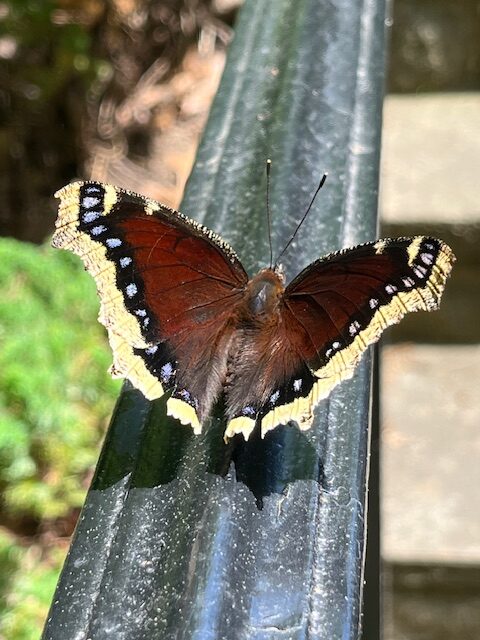
Mourning cloak

Bumblebee
During spring and summer, bumble bees live in social underground colonies with numerous female worker bees and a few male drones overseen by the queen. All the bees in the hive die with the first heavy frost in November – except for the pregnant queen. She hibernates underground, sometimes in an abandoned rodent den, in a wood pile, or under a stone wall. When the weather warms in early spring, the queen emerges, builds a new nest, and starts laying eggs to start a new hive.
Note: Paper wasps and yellow jackets have similar life cycles. Only the pregnant queens survive the winter and must start new hives the following spring.
Recent Comments